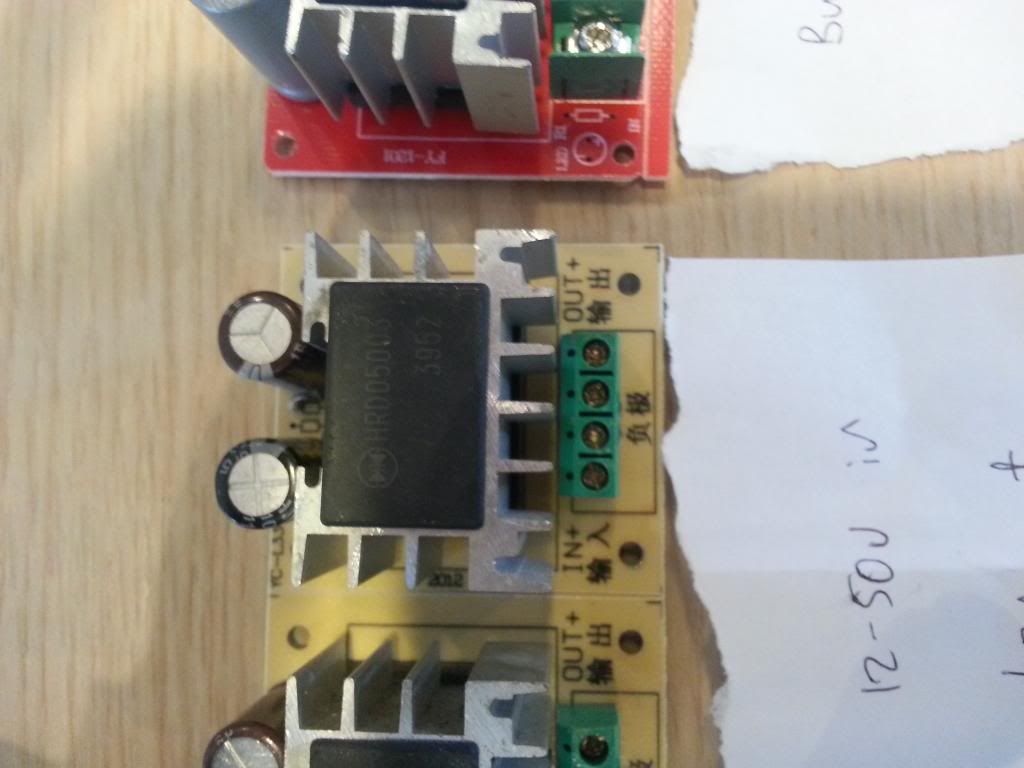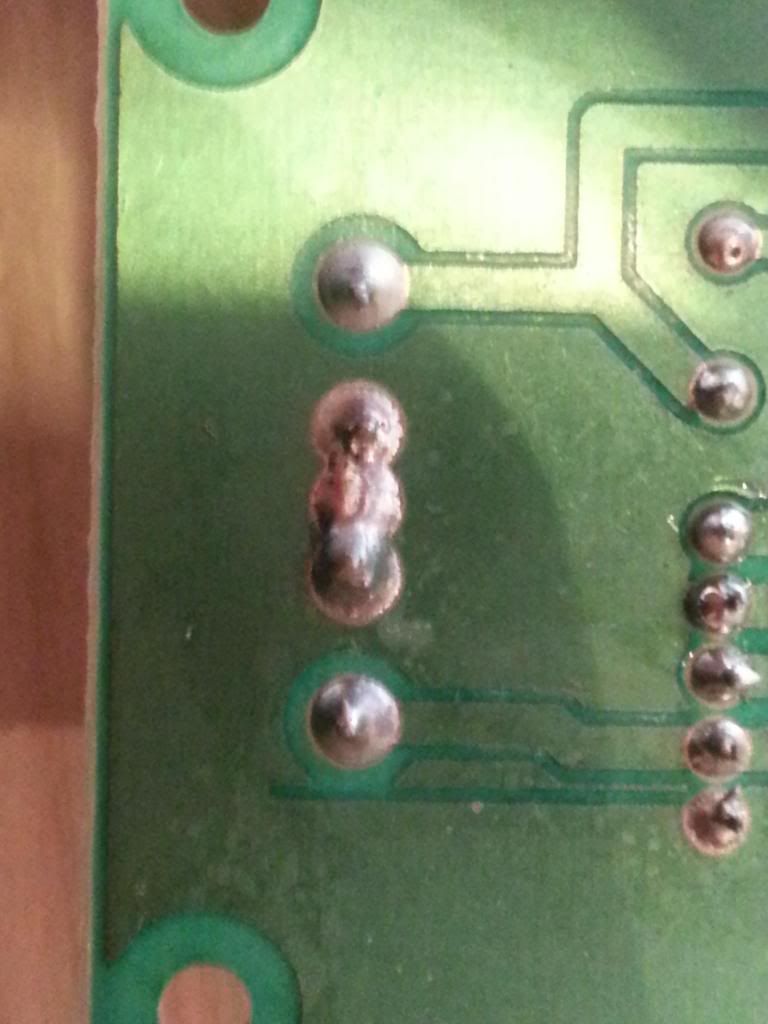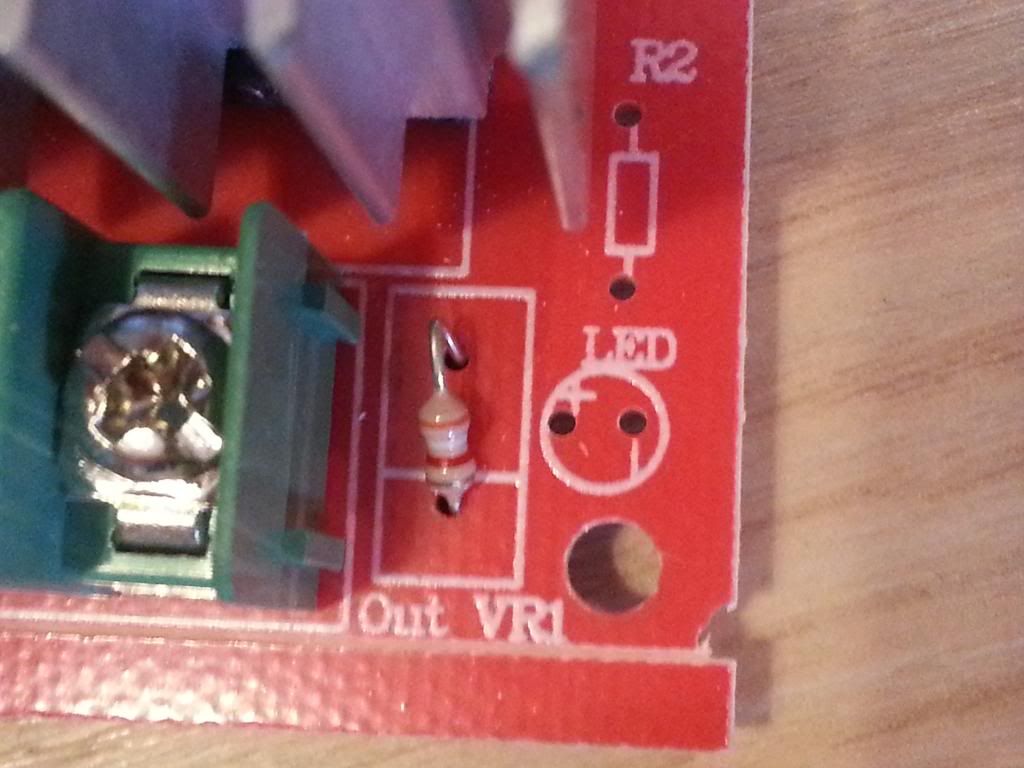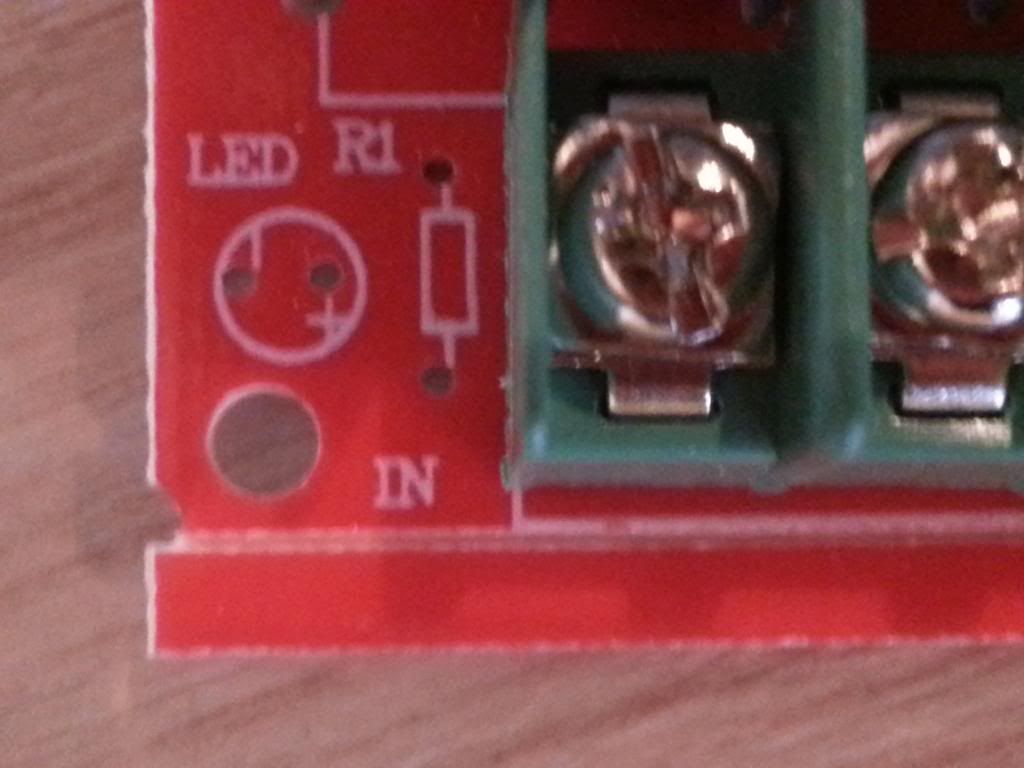Received the last of my outstanding voltage converters today and would appreciate some help with checking whether they're the right spec and also how to wire up in the case of one of them.
This is the array ... they're all HRD converters rated to 3A with the exception of the one at the right of this photo which is an LM2956HV adjustable converter with 2 heatsinks - also rated to 3A. Interesting how big the heatsinks and copper wounds are on the HRD ones compared to the LM2956HV one !
!

First, connecting up - I'm fine on the LM2956HV as it's clearly marked. Just to be double sure, on the others, except the red ones, there are 4 screw terminals :

I am guessing that going from bottom screw to top on the above photo, the wires go in the green screw terminals in the following order :
Bottom screw - battery positive
Next up - battery 0V
Next up - device 0V
Top screw - device positive feed
Is that right ?
The red ones are slightly different - there are only 3 screw terminals and what looks like a tiny resistor is soldered onto the board marked 'Out VR1". This is a close-up - sorry a bit out of focus (shaky hands !) :

Any ideas how this is connected ?
This is the array ... they're all HRD converters rated to 3A with the exception of the one at the right of this photo which is an LM2956HV adjustable converter with 2 heatsinks - also rated to 3A. Interesting how big the heatsinks and copper wounds are on the HRD ones compared to the LM2956HV one

First, connecting up - I'm fine on the LM2956HV as it's clearly marked. Just to be double sure, on the others, except the red ones, there are 4 screw terminals :

I am guessing that going from bottom screw to top on the above photo, the wires go in the green screw terminals in the following order :
Bottom screw - battery positive
Next up - battery 0V
Next up - device 0V
Top screw - device positive feed
Is that right ?
The red ones are slightly different - there are only 3 screw terminals and what looks like a tiny resistor is soldered onto the board marked 'Out VR1". This is a close-up - sorry a bit out of focus (shaky hands !) :

Any ideas how this is connected ?
Last edited:










